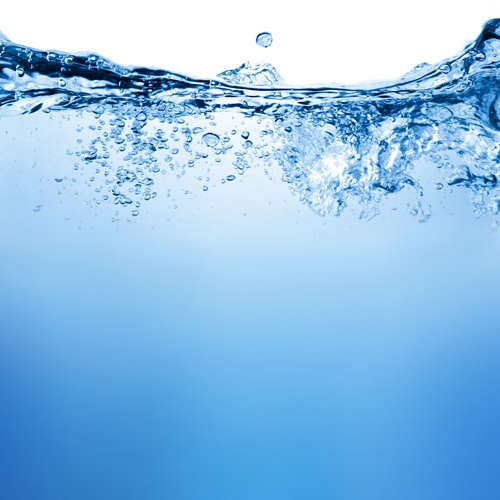
FAQs: Water Footprint
If you’re an environmentalist, chances are you’ve already given lots of thought to your carbon footprint. This term centres on reducing the amount of carbon that’s released into the atmosphere as a result of your personal choices and consumer decisions. However, have you ever thought about your water footprint?
The concept of a water footprint isn’t new, though it is discussed less often than that of a carbon footprint. A water footprint is based on to the volume of water that’s used in order to produce the things you consume as an individual. Water is a finite resource, and environmentalists and social activists everywhere are encouraging practicing conservative water use.
How much water do I use?
Water use is necessary for survival, but it may shock you to discover just how much water is wasted as an indirect result of your actions. Take drinking a glass of milk, for example. Dr Brad Ridoutt, a scientist who specialises in water and carbon footprinting, told Ecos magazine that just one glass of milk requires 255 litres of water to produce.
The Water Footprint Network (WFN) states that you contribute to water waste both directly (by using water within your home for showers, washing, toilet flushing, etc.) and indirectly (by purchasing goods that require water to manufacture).
Why is this a big deal?
According to the WFN, water scarcity is increasing across the globe. Factors such as climate change, overuse of water, water privatization and water contamination have made H2O an extremely valuable commodity, particularly in the developing world.
Dr Ridoutt also notes that water use is closely related to agricultural processes here in Australia. He stresses that grains grown Down Under tend to be rain-fed and don’t require intensive irrigation. This is in contrast to crops grown in other parts of the world, where the water needed to nourish grain can develop groundwater resources. Knowing this key information about locally raised grains can lead consumers to make less wasteful purchasing decisions at the supermarket.
How can I reduce my water footprint?
Tackling your direct water use is the easiest way to reduce your water footprint. This involves reducing the amount of H2O you use in your home. Invest in dual-flush toilets, shorten your showers, wash clothing less frequently, and have your home regularly inspected for water leaks.
You can also make better purchasing decisions to help bring down your indirect water footprint. Choose tea over coffee, as it requires a smaller amount of water to produce. The WFN states that an even better choice is to simply drink water from a BPA-free water bottle. Go vegetarian, or simply reduce the amount of meat you consume. Dr Ridoutt stated that it takes about 15,000 litres to make one kilo of beef.


